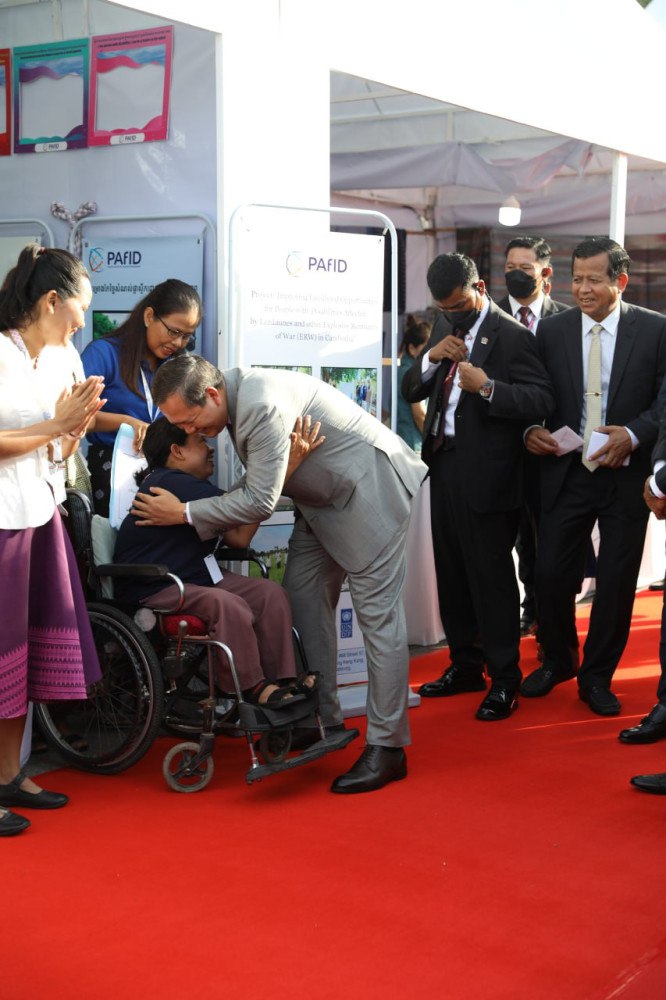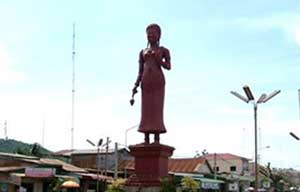Mines/ERW has continued to kill Cambodian people, but Cambodia does not top the world list thanks to the high commitment of the Royal Government of Cambodia.
According to a report of the International Campaign to Ban Landmines – Cluster Munition Coalition – Landmine and Cluster Munition Monitor’s report released at the Siem Reap-Angkor Summit on a Mine-Free World being hosted by Cambodia, children are extremely vulnerable to the harm cause by antipersonnel landmines and improvised mines, as well as by ERW, including cluster munition remnants.
Children have made up almost half (43 percent) of all civilian casualties recorded by the monitor since 1999.
The Landmine Monitor 2024 found that there were at least 1,498 child casualties from mines and ERW in 2023, which accounted for 37 percent all civilian casualties for whom the age group was known (4,007), while civilians represented 84 percent of records casualties in 2023 where the civilians’ status was known of 1,498 children casualties in 2023, 470 were killed and 994 were injured by mines/ERW across 30 states and other areas.
Samdech Moha Borvor Thipadei Hun Manet mentioned on Nov. 25 in his keynote address at the official opening ceremony of the Siem Reap-Angkor Summit that Cambodian lives were lost and thousands of square kilometres of Cambodia’s land became littered with landmines and other explosive remnants of war.
With the unwavering support of the international community, from 1992 to date, Cambodia has cleared over 3,000 square kilometres of landmines, destroying over 1 million anti-personnel mines and 3 million explosive remnants of war, therefore casualties have plummeted from an average of over 4,300 per year in 1996 to fewer than 100 annually in the past ten years, he said.
According the above report, during the period 2019-2023, children accounted for 45 percent (7,918 of 17,512) of all civilian casualties for whom the age was known.
While landmine and cluster munition monitor data on child casualties represents the most complete global total for 2019-2023, the actual number of casualties-including among children-is certain to be significantly higher than that recorded for this period. This was due in some cases to data being collected rapidly-in situations of emergencies, conflict, and displacement. Data was often unavailable; or available information on the casualties lacked details, such as age, civilian or military status, and gender.
Such states with the largest numbers of child casualties from mines/ERW in 2019-2023 were Afghanistan, Syria, Yemen, Myanmar, Somalia, Angola, Iraq, South Sudan, Pakistan, and Nigeria.





























